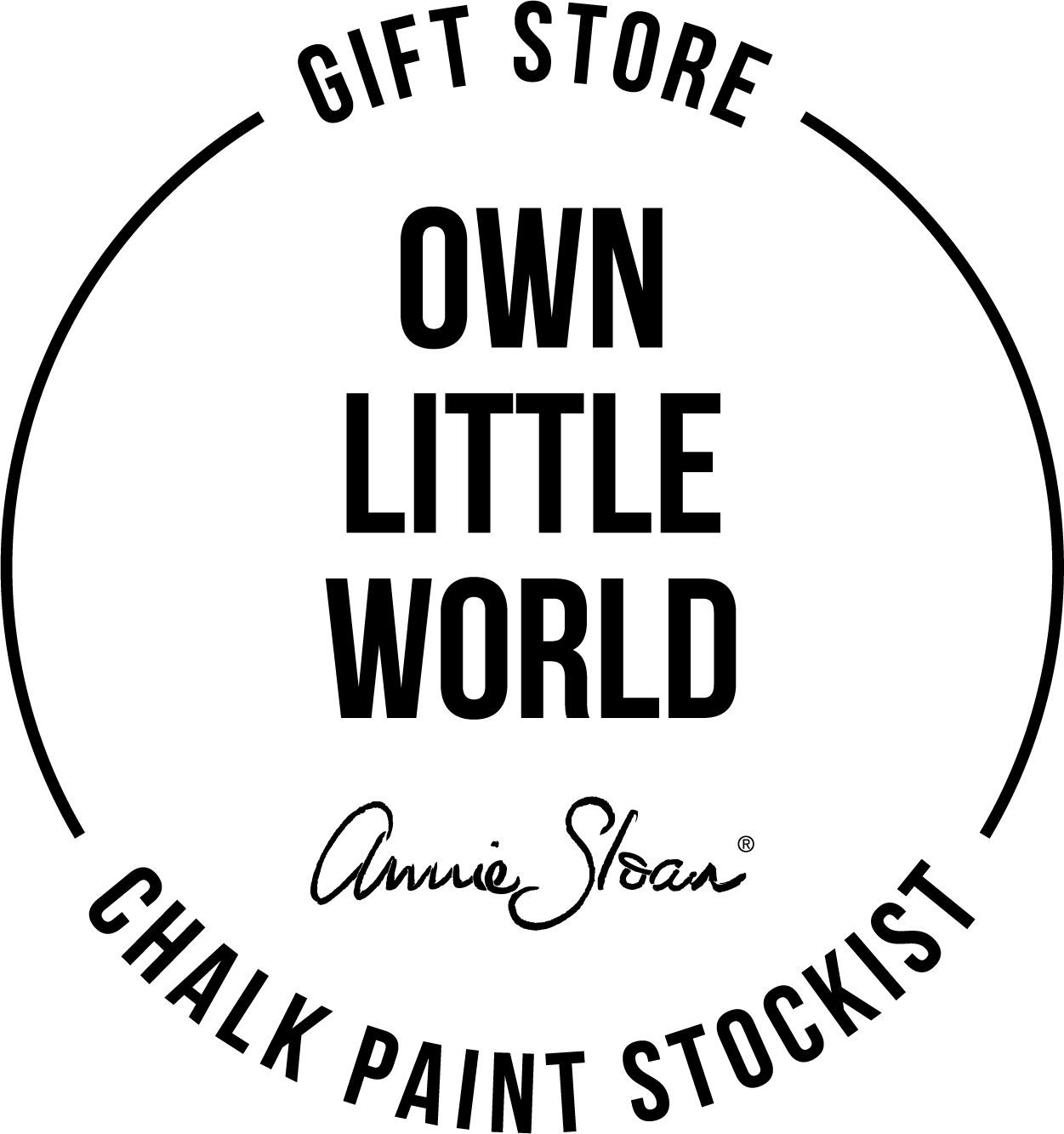Chalk Paint™ Frequently Asked Questions
Do I need to sand and/or use a primer first?
Usually, no. You can use chalk paint to paint right over bare wood or existing finishes. There are some instances, however, when I use primer and/or sand before painting, so you really have to look at each piece individually.
Some examples of when I would sand first: The existing paint job is sloppy with drip marks that I want to remove. The existing paint is chipping. There are scratches or imperfections in the wood that I want to smooth out before painting. The existing finish is extremely shiny and slick (sometimes I like to rough it up with a quick run over it with my sander if it’s very shiny, even though it’s probably not always necessary).
Some examples of when I would prime first: I’m painting over a wood that’s prone to bleeding, like teak. I’ve noticed my paint seems to be easily scratched off and isn’t fully adhering to the piece. I love all the Zinsser products, including the Bulls Eye 1-2-3, and Bulls Eye Shellac.
Just remember your paint job is only going to be as good as your base, so don’t get hung up on the “no prep”
Can I thin out the paint?
Yes. Chalk paint is pretty thick, and I almost always thin it with a bit of water. I pour some paint into a cup and add water until it’s the consistency I need. There’s no right or wrong amount of water to use, but you really only need a little. The advantage of adding water is it makes the paint easier to brush on, and your finish will be smoother.
Do I have to seal my piece with wax?
No. You can choose to seal your piece with something else instead, however the Annie Sloan products are made to work beautifully together. For flooring I would use the Annie Sloan Lacquer.
I absolutely love the look of a waxed piece. I would always seal the paint with the wax, this helps protect the piece, and you can get so many interesting looks with the different colour waxes. Chalk paint is very porous and will pick up stains and look a mess in no time if you don’t seal it with something.
I already put my first coat of paint down and now the stain is bleeding through the paint. What do I do now?
Just apply your primer right over the first coat of paint. Then when it’s dry, continue with your second coat of paint. If it’s just a tiny spot that’s bleeding, I usually just paint the spot with a couple coats of Shellac, but if you’re getting bleeding in several areas, it’s best to just brush on a couple coats of primer on the whole piece before you continue painting. Again, I like the Zinsser primers mentioned above.
Do I have to distress it?
Absolutely not. Chalk paint distresses beautifully, but you definitely don’t have to distress it and I’ve done lots of pieces that I didn’t distress.
If I am distressing, do I sand before or after I apply my top coat?
My personal preference is to always distress before waxing. How can the piece be protected if I just sanded off the top coat? Also the wax can clog up the sandpaper. I feel like I have more control over the distressing when I’m not trying to go through the wax layer. If you finish and decide you want to distress some more after waxing you can do so, and just add a little more wax after for protection.
I hope you’ve found this helpful, and as always, feel free to send us a message or call the store on (03) 98891180 if you have other questions.
Happy Painting!
